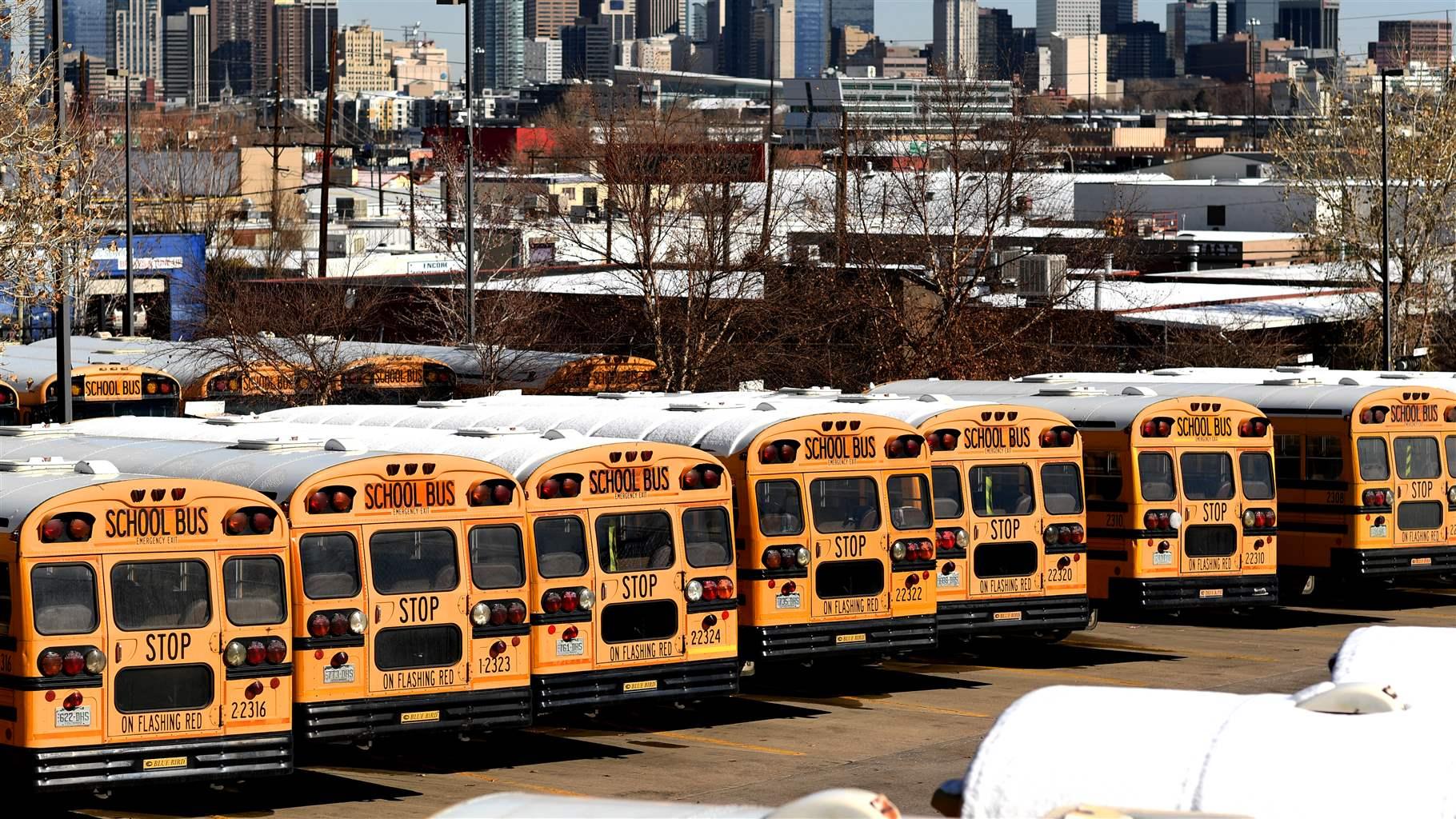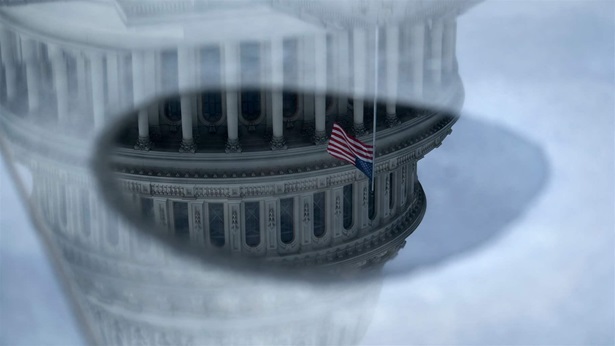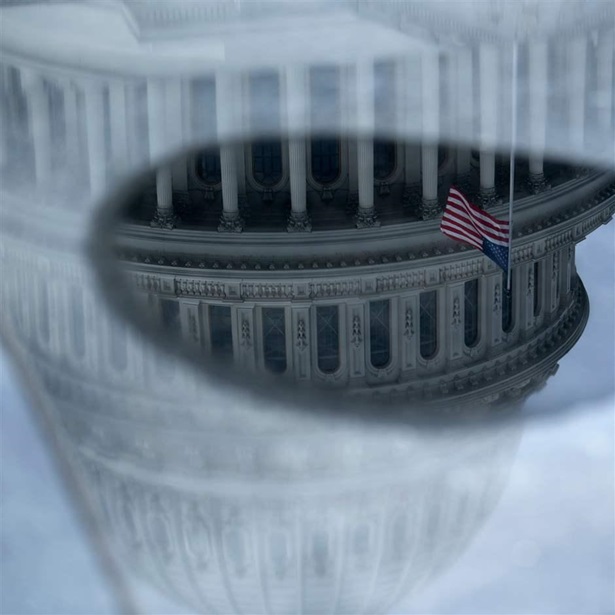How States Can Use Federal Stimulus Money Effectively
Lessons from Great Recession can inform strategic choices for allocating American Rescue Plan dollars

Just months ago, many states feared their budgets might face shortfalls for years because of the COVID-19 pandemic. But now most could have temporary surpluses after President Joe Biden signed the American Rescue Plan Act (ARPA) into law in March.
ARPA will provide states with a total of $195 billion in flexible funding (local governments receive an additional $130 billion), with even more dollars designated for specific policy areas such as K-12 education. The money is welcome, but states face the risk that spending will increase to levels that will prove impossible to sustain once the federal relief expires at the end of 2024. But states that plan ahead and act responsibly can avoid that risk, address the immediate challenges posed by the pandemic, and position their budgets and economies to be on stronger footing after the federal help ends.
Avoiding the cliff
The choices that states must make on how to use ARPA funds echo the challenges many faced a little more than a decade ago. In 2009, with state finances in distress as a result of the Great Recession, Congress offered them money through the American Reinvestment and Recovery Act (ARRA). The ARRA dollars provided critical immediate relief. But when most of the money ran out at the end of the 2011 fiscal year, states suddenly lacked the funds to support ongoing programs and services. This “fiscal cliff” created a new round of budget shortfalls and forced cuts that set back states’ efforts to recover from the recession.
To avoid the same outcome with ARPA, states face crucial decisions on how to balance using the money for ongoing costs, such as hiring state employees, and one-time expenses, such as infrastructure projects or bonuses to essential workers. Using the money for one-time costs reduces the risk that state investments will prove unsustainable, but one of ARPA’s key goals is to help states restore cuts to programs and operations, including for ongoing costs such as education. As of March 2021, state and local governments employed more than 1.2 million fewer workers than they did in February 2020, with most of the job losses among school employees.
Taking a long-term view can help. States should conduct analyses of what their budgets will look like after the federal relief expires. Multiyear revenue and expenditure forecasts can illustrate how much money a state might collect and spend years out, although it’s hard to predict how state budgets and economies will change four years from now or beyond. With that in mind, forecasts should account for a range of scenarios, including the potential for lasting changes from the pandemic. For instance, the economies and budgets of tourism-dependent states, such as Hawaii and Nevada, were battered over the past year, but could bounce back as COVID-19 fades. But others could face lingering challenges from population losses exacerbated by the pandemic, such as the permanent loss of those residents’ tax dollars. Multiyear projections should incorporate such demographic shifts to help illustrate their fiscal impact.
States should be cautious about using ARPA money to create new ongoing programs. However, if ongoing spending is below what a state is likely to be able to sustain, then using some of the federal dollars for ongoing expenses is a reasonable choice. Governments could restore cuts to programs such as education or bring back furloughed employees—as long as multiyear forecasts indicate that the particular state’s revenue system can support those costs once the ARPA money expires. They could also boost funding temporarily for programs that are experiencing increased demand, such as Medicaid, so long as the demand is expected to abate as the economy reopens.
Strengthening long-term fiscal health
States also have opportunities to use ARPA to make severe budget challenges less likely in the years ahead. Although the federal funding is temporary, using the dollars thoughtfully can help make lasting improvements to states’ fiscal health.
For example, some could unwind maneuvers used to balance their budgets during the pandemic. As in previous downturns, states shifted money from dedicated accounts to the general fund, delayed spending, moved up revenue collection, and engaged in short-term borrowing to close budget shortfalls. By one estimate, at least a quarter of municipal bonds over $100 million issued between August and mid-December last year were for deficit financing, meaning governments created long-term liabilities for short-term needs.
ARPA and any accompanying state budget surpluses offer policymakers an opportunity to end use of these tactics to reduce long-term costs. By doing so, states can make sure the same tools are available the next time they face budget shortfalls, increasing their fiscal flexibility and making it less likely they’ll need to enact painful spending cuts and tax increases.
Similarly, 20 states borrowed from the federal government to pay unemployment insurance claims since the start of the pandemic in early 2020. Those loans are repaid—with interest—from taxes on employers. Using ARPA money instead would ease the burden on businesses and state budgets.
Some ARPA uses could serve as long-term economic investments and offer long-term budget relief; for example, using the money to reduce the backlog of needed maintenance on state-owned infrastructure. One estimate puts states’ deferred maintenance costs at $873 billion. ARPA specifically authorizes infrastructure investments in water, sewers, and broadband. Other types of infrastructure projects may be permissible as well if undertaken to respond to the economic effects of COVID-19. As an ongoing cost, infrastructure maintenance is ideally supported by ongoing revenue. But, using a portion of ARPA funds to pay for overdue maintenance could help states get back to a point where the long-term challenges are less daunting.
After a painful year, states are rightly eager to use the ARPA money to combat the ongoing public health crisis, help get their residents back to work, and fund ambitious initiatives to improve their economic competitiveness. As they act to achieve those goals, policymakers should be mindful that temporary budget surpluses offer them a rare opportunity to position their budgets for the future. By acting responsibly now while maintaining a long-term perspective, states can ensure that future crises and challenges—whenever they occur and whatever their causes—will be markedly less painful.
Josh Goodman is a senior officer and Adam Levin is a principal associate with the state fiscal health project at The Pew Charitable Trusts.









